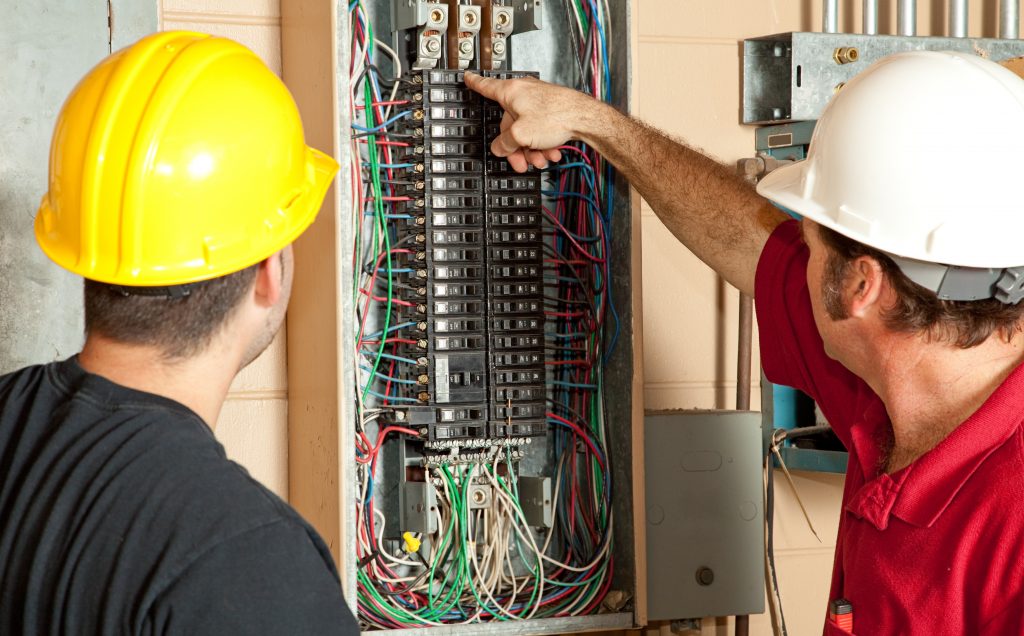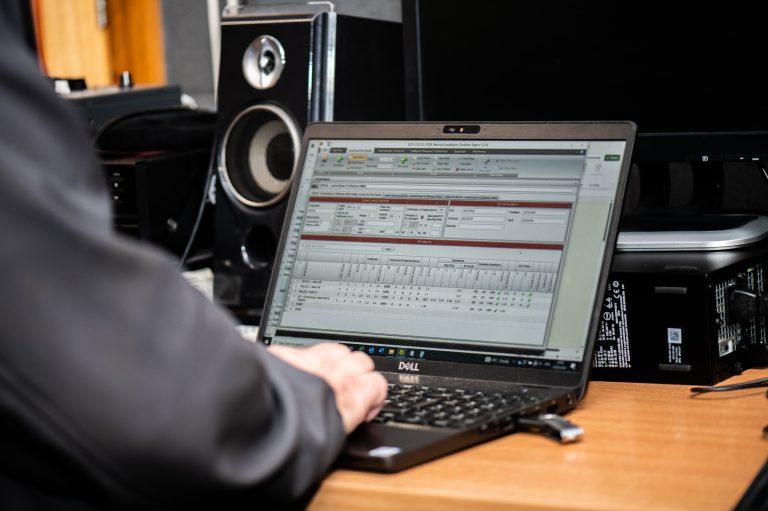One of the biggest causes of faults within an electrical installation is through incorrect circuit modification. However knowing how to certificate correctly will minimise risk to you and your organisation.
Circuits are frequently modified, for example during a change to office partitioning, when a building or part of it changes use, when an extension is built or simply when extra sockets or spurs are added to an existing circuit.
The Risks of Modifying Installations
Incorrect modification typically results in a circuit overload, especially in older buildings where the electrical installation was originally designed to handle only minimal electrical equipment.
Overloading results in overheating of cables which poses a fire risk, and higher resistance increases disconnection times in the event of an incident.
Regulatory Compliance
The Electricity At Work Regulations (1989) places a duty of care on employers to manage their electrical systems (including design, construction, operation and maintenance) so as not to cause death or injury to others.
The British Standard BS7671 provides the most up to date guidance and definitions of electrical safety in order to achieve compliance with the Electricity at Work Regulations.
Regulation 631.3 states that where an addition or alteration is made to an existing final circuit, it should be verified that the work complies with the latest edition of BS 7671 and does not impair the safety of the existing installation.
All work completed from 1stJanuary 2019 must be compliant with the BS7671 18thEdition stanard, therefore when employing contractors, you should ensure they are trained in the latest edition of BS7671 in addition to holding appropriate qualifications for the nature of work to be undertaken, for example a fully qualified domestic electrician won’t be qualified to work on a 3-phase installation.
Look for contractors who are registered with a highly regarded government scheme, such as NICEIC.
Installation Assessment
Once the installation work has been completed, your contractors should provide you with a certificate of completion. This confirms that the work has been designed, completed, tested and is compliant with the latest BS7671 standards. Without this certificate, the duty holder has no means of evidencing that their installation is safe.
For circuit modifications, a “minor works certificate” should be obtained with a separate minor works certificate required for each circuit worked on. This would be appropriate for the addition of a new socket-outlet to an existing final circuit or the like-for-like replacement of an accessory or single protective device. Where one accessory, such as a broken socket-outlet, is replaced, the same tests are required as if a new socket-outlet had been added to the circuit or relocated.
New installations or the replacement of switchgear containing more than one protective device (such as a consumer unit or distribution board) requires a great level of testing and inspection. A minor works certificate is not suitable for this, and an “installation certificate” or complete EICR should be obtained.
Electrical inspection and testing requires different skills, approach and equipment to installation – conducting insulation resistance, polarity and Zs tests, recording and interpreting results and identifying potential risks. Smaller installation contractors may not have the right equipment to conduct testing.
Best practice therefore, especially for larger projects, recommends that a separate electrical testing contractor is employed to test the work completed by the installation contractor. This provides an independent verification and a reliable audit trail.
After successful installation completion, the BS7671 recommends a full installation inspection and testing by suitably qualified persons every few years, with the recommended frequency varying by the risk level associated with the nature of the business (see how often does an installation need testing). An EICR (electrical installation condition report) should be produced at the end of each inspection, with any faults clearly identified using the standard fault coding system.
Do you need an EICR completed? Contact Intersafe




